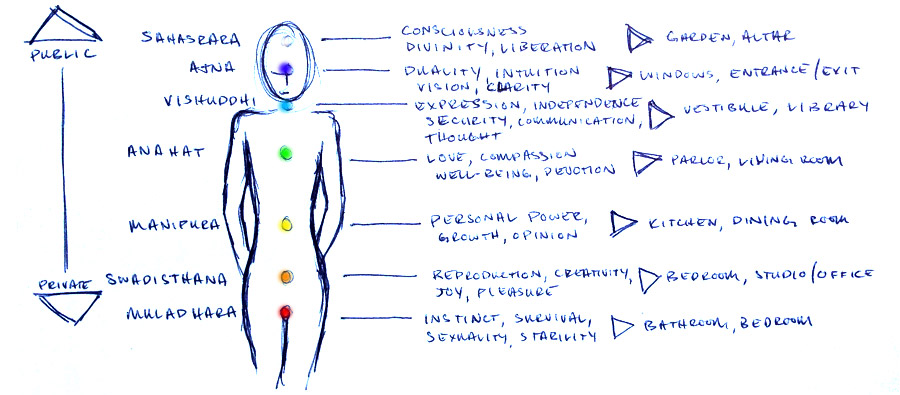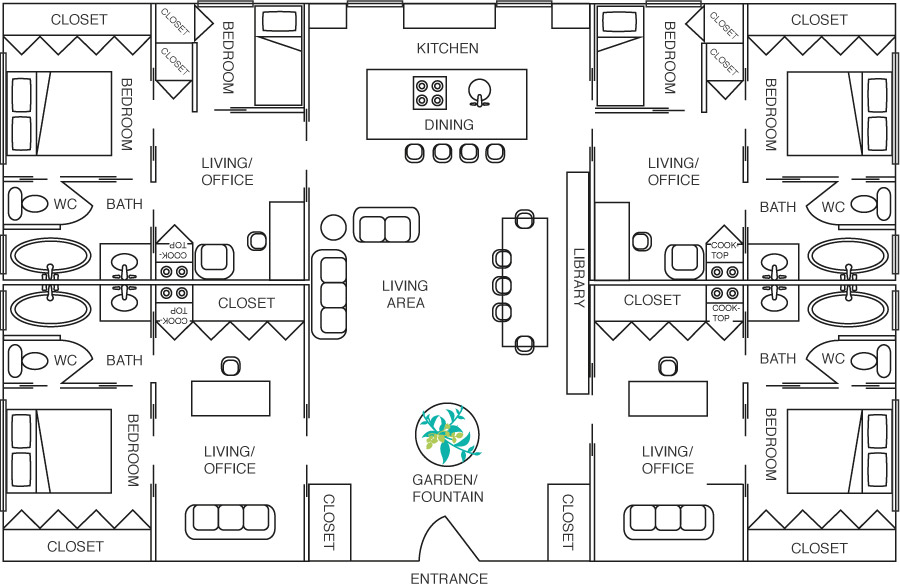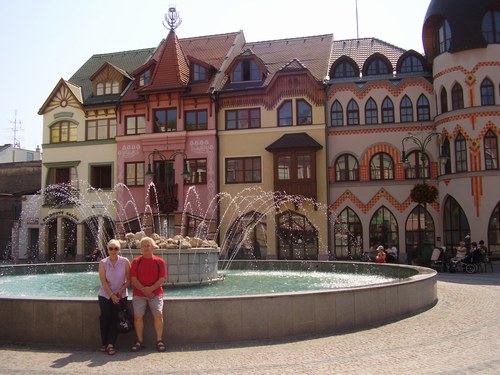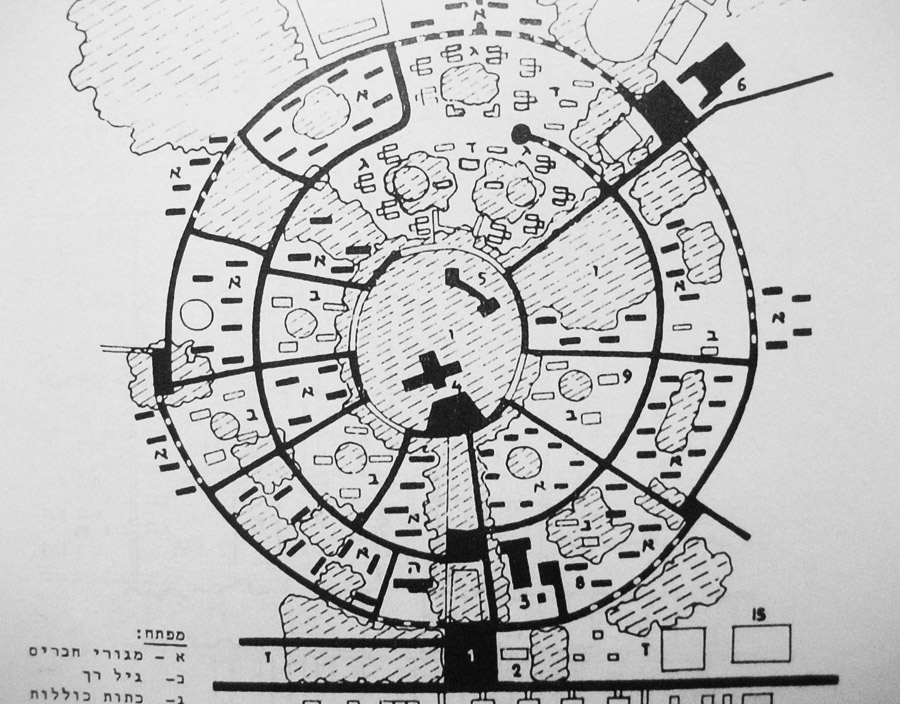 B was not the first professional I’d been with. The first was J, whom I’d met years before at my first orgy, at a London spa. I didn’t hire J — we took a liking to each other at the party, and he informed me as we chatted, that he did escort work. I’m sure if I was supposed to pay he would have said so, but if I’d had to I don’t think I’d have been interested. As we made small-talk in the hot tub, I felt his question on my thigh in the form of some ginger stroking. This shortly turned into necking, which eventually led to a tryst in the steam room that rather knocked my socks off. Friends would later ask me what he did that was so good. There was little I could point out beyond the serendipity of immediate, firey chemistry, but what always stuck with me happened while we were kissing in the hot tub; at one moment he pulled his mouth away and asked “So, what do you like?” And my twenty-something brain was struck dumb, for no man had ever asked me such a thing before fucking. It took me a few fumbling moments to come up with something, and his grinning acceptance of instruction led to a tense and rapid orgasm, in the nonchalant presence of other party-goers.
B was not the first professional I’d been with. The first was J, whom I’d met years before at my first orgy, at a London spa. I didn’t hire J — we took a liking to each other at the party, and he informed me as we chatted, that he did escort work. I’m sure if I was supposed to pay he would have said so, but if I’d had to I don’t think I’d have been interested. As we made small-talk in the hot tub, I felt his question on my thigh in the form of some ginger stroking. This shortly turned into necking, which eventually led to a tryst in the steam room that rather knocked my socks off. Friends would later ask me what he did that was so good. There was little I could point out beyond the serendipity of immediate, firey chemistry, but what always stuck with me happened while we were kissing in the hot tub; at one moment he pulled his mouth away and asked “So, what do you like?” And my twenty-something brain was struck dumb, for no man had ever asked me such a thing before fucking. It took me a few fumbling moments to come up with something, and his grinning acceptance of instruction led to a tense and rapid orgasm, in the nonchalant presence of other party-goers.
Some ten years later, I sought out B in the midst of my separation from my daughter’s father. Like anyone going through a divorce, I was an emotional wreck – too much of a wreck to manage dating or be dateable. I’d rebounded into a couple of exes, with mixed results. I wanted to get off, and get off well, but without any emotional obligation to anyone, or pressure to go further than I was ready to.
So I browsed backpage.com for a few months before mustering the gumption to contact B. His profile had caught my eye a few times, and with time I observed updates to his photos, details – at one point the addition of a website. This struck me as a sign of safety – for in this age of digital paper trails, should he be an axe-murderer, the profile would surely disappear after having committed anything suspect using it. Right? I didn’t know. I decided to send him a message requesting to book a massage.
He responded via email and then we moved to text message. He wanted a photo of me, which I sent. His messages appeared cautious. It got me thinking – in a society where their profession is illegal and socially ostracized, they have just as much reason to be scared. Having lived in Holland during my twenties, where the sex-workers have a union and healthcare, this saddened me. It was also comforting to know the person on the other end of the transaction was just as nervous. We arranged that I would come to his apartment for an hour-long appointment. As I recall it cost around $180.
On the day of, I texted a couple of friends that I was going to do this, and that if they didn’t hear from me by 6pm, they should call the police and send them to the address I’d been given.
Whenever I start to do something that unnerves me, I tell myself with each step “You don’t have to do anything you don’t want to. At any moment, you can say no and turn around and leave.” These were my thoughts as he buzzed me into the building.
It was like visiting any other friend’s place. The building was nicer than the one I lived in, but not immodest. Warm tones, decent light and lots of original woodwork. He was talkative, to a slightly nervous degree. He had a massage table already open in the center of his living room, one wall of which, was entirely mirrored. We discussed what I wanted, which was simple enough – a massage with release. I told him I’d never done this before. He said don’t worry, he was going to make me comfortable. I liked him. He was attractive, though I wasn’t all that attracted to him. I trusted him well enough to stay.
He left me to get undressed, which I did, and I laid down on the table. I think he asked if I liked the music but I don’t remember. He began with a massage. It was good. Not the best I’d ever had, but nice enough. It was platonic to begin with, and gradually became more erotic in quality and where he was touching. About 30 minutes in was when things really got going. He went down on me, which I was not expecting. He retrieved a conveniently located glass dildo, which I was also not expecting. I watched us in the mirror. I came several times.
We laid in an embrace on the table in the aftermath of my orgasms. I relished his lack of demand for anything, and for once, not reciprocating felt not only justified, but expected. We talked. I told him about the break-up, my difficult ex, being a single mom and all the subsequent stress. He remarked that I just needed to come, really really hard.
He left the room to let me get redressed. When he returned, he did not ask, but I took out the money and put it on the counter and confirmed with him that it was accurate. I didn’t tip. I probably should have, in retrospect. I was working but in plenty of debt and in the midst of a separation. I also felt, a little culpably, that I ought to be able to get away with it. Years before, when hanging out with J in the hot tub of that little spa in London, I’d asked about his orientation. His response was “Well, straight generally, but bi[sexual] for work.” I realized there isn’t really a market for heterosexual male escorts. The majority of clientele are male. B confirmed this as we chatted after – he had a few female clients, but most were men. Being an attractive and fit woman, I imagined that a session with me with no strings attached could hardly be considered grueling work in the eyes of most men, straight or bi, escort or not.
I left the building elated, relaxed, and triumphantly giddy. I was so relaxed that I forgot to text my friends, until I noticed a second message from one, saying that if she didn’t hear from me in 10 minutes she was calling 911. All’s well that ends well.
It was fun, and I’ve thought frequently about doing it again, but since that time, I only went back once, on the following Valentine’s morning, before rolling into the office with a smug grin. It has it’s pros and cons, like anything. It definitely made me feel a lot better about not having a lover on Valentine’s Day (or “Lupercalia,” as I prefer to call it, in the way they once did before the Church sanitized the amorous filth of the old Pagan holidays). As a single parent, it’s appealing as another solution to time-management in this extreme, daily marathon which leaves little time for dating. Anyway, I’ve never been fond of dating. I much prefer meeting people through work or extracurriculars, when smoldering attraction blossoms out of accidental familiarity. Purchased gratification definitely pales in comparison to THAT, so when I have a crush, my interest in escorts wanes. But I’d say I prefer this simple service to dating, online or otherwise.
The thing that deters me, is the awkward process and questionable safety. I could contact B again, but he ultimately he isn’t quite my type, and besides, what’s the point if one doesn’t go for a little variety? But every time I think of going back online to browse profiles and agonize over whether or not I’m going to be into the person, or like the way they smell, or whether or not it will be good, or safe, I throw up my hands. What I would prefer is a setting a little more like a salon, where one could select from a catalogue of screened men, or better yet, where there’s a few dozen meandering a wet lounge or game room or garden, such that one can see, smell and touch the merchandise before requesting a private room for a massage. It seems appropriate that this would be a place where one could get hair, nails, and facials done, and serves excellent tea.
The main obstacle of course, is the illegality.
Most of us take for granted the protection under the rule of law we enjoy at our jobs. Escorts and their clients don’t get to partake in this protection, and subsequently must operate furtively, while exposing themselves to undesireable risks. It’s pretty absurd, given that the transaction, between consenting adults, does society no harm. One could easily argue that marriage is merely the same transaction but under a contract involving a ring and a house instead of cash. Or that it isn’t much different than one person buying dinner for another preceding intercourse, or the pebble that one penguin offers to it’s would-be mate. After reading the Kama Sutra I felt quite convinced that the only difference between a wife and escort is that one is full-time and the other freelance — which is of course, a personal choice, and subject to change with circumstance.
I find others quick to argue that sex-work is dehumanizing and abusive, and that it encourages human trafficking — how can I possibly compare it to that sacred institution of love? Is it as sacred when it’s Russian mail-order brides or Middle Eastern children sold into marriage to pay off family debts? I know too many women that stay in bad marriages because they simply cannot afford to leave. The titles are different, but the abuse and objectification looks much the same. Like ownership of one human being by another. On the flip-side, and a lighter note, there are many great love stories involving concubines. Both Jesus and Siddhartha shacked up with brilliant whores.
Like seemingly all social problems, it boils down to income disparity. Were the income disparity between men and women the world over not so great, the sexual repression that comes inherently coupled with economic oppression would not be present in marriage or prostitution, and women would not feel compelled by financial necessity to enter into any transaction involving their bodies that is contrary to their health and happiness.
So I’d like to live in a world where I can go get head while getting my nails done, on the condition that sex-work is well-paid, well-respected, and well-regulated, and the plethora of living-wage jobs and social services mean that the choice to sell sex is not a last resort, but truly one choice among many, to which one can always turn on one’s heel and say “no.”


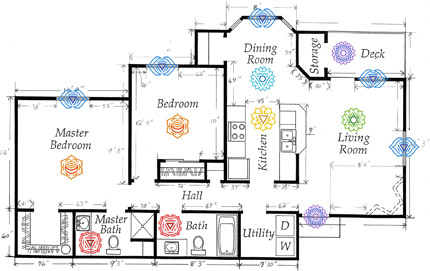 Jung believed that when a person dreams about their home, it’s a direct metaphor for the psyche.
Jung believed that when a person dreams about their home, it’s a direct metaphor for the psyche.